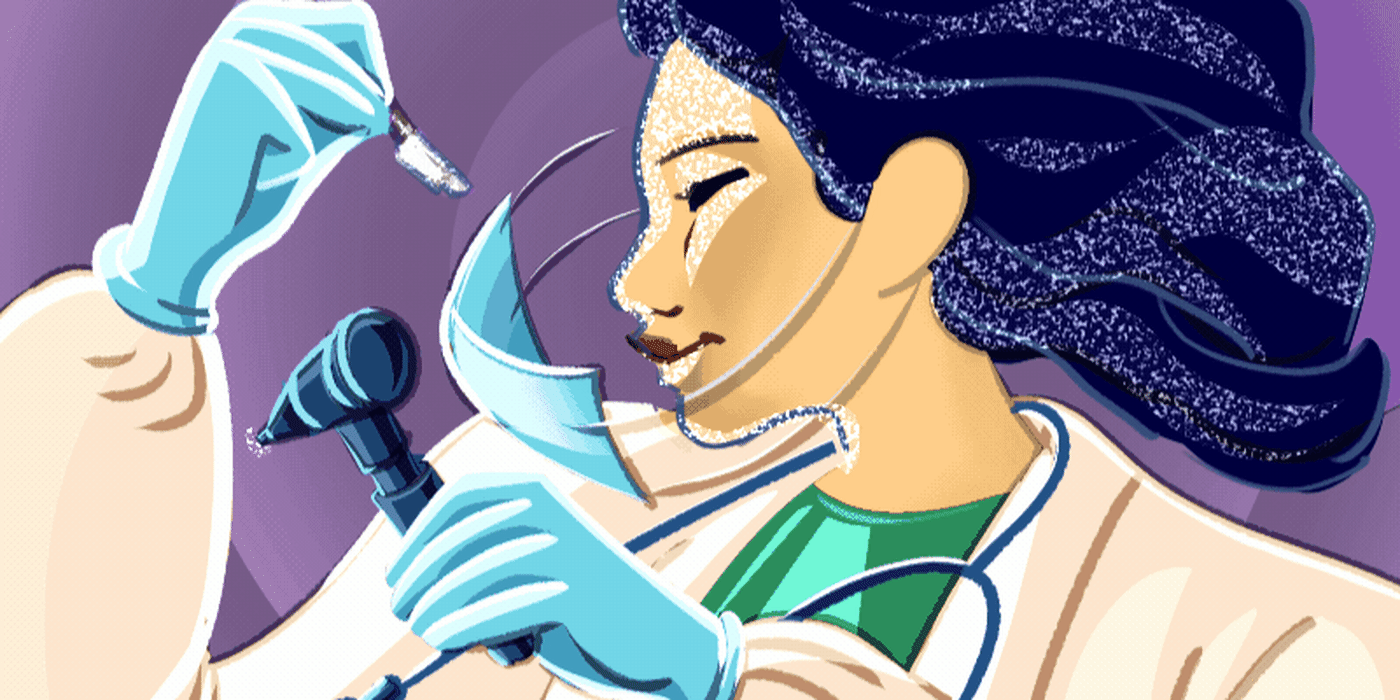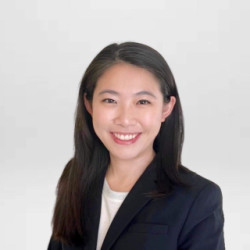As an Asian American medical student, I remember well my first experience with an Asian American female attending. She conversed easily with the patient about their cancer remission, medication side effects, and follow-up appointments. I still remember my feeling of awe as she kindly and patiently explained the clinical trials the patients were on that she was spearheading. While I jotted the names down, I felt like I was swimming in alphabet soup. In my short white coat, I was excited to learn that this attending was a clinician, research investigator, and leader in the field of breast oncology. For the first time, I could see myself doing what she did. Such representation is incredibly important. Unfortunately, it is also sorely lacking.
Reviewing statistics, national data show that Asian Americans comprise approximately a fifth of medical students, practicing physicians, and medical faculty members in the U.S., yet face long-standing barriers in career advancement. A 2013 study drilled down for 12 years ending in 2008 found that Asian Americans represented 6.66% of professors, 3.52% of chairpersons, and a dismal 0% of deans. More recent AAMC data reveals that only 9% of female department chairs and 11% of male department chairs are Asians. Underrepresentation of Asians in leadership is found not only in medicine, but also in law, business, and technology. In a Silicon Valley study on employment, Asian people were more likely to be hired, but less likely to be promoted than white people and even other minority groups.
While women face the “glass ceiling,” Asians face the “bamboo ceiling” when it comes to attaining leadership positions in the U.S. It must be noted that Asian Americans are not a monolith: The term encompasses more than 30 different nationalities and racial and ethnic groups with differences in cultural norms, language, and educational attainment. Moreover, this group is the most economically divided population in the country, despite the “model minority” myth. And yet, as the afore-mentioned studies show, a threshold exists beyond which success is less attainable than for white counterparts. Notably, this inequity particularly affects East Asians: A 2019 study comparing leadership representation among East Asians and South Asians observed a gap between the two, with the latter more likely to occupy leadership positions. According to the authors, the gap may be attributed to cultural differences in assertiveness, wherein South Asians are projected to fit more closely into American norms of how leaders communicate.
These scholarly findings are not surprising to me. My own experiences in medical school have included feedback that I was too “timid” and “quiet” — despite other evaluations stating that I was curious, asked the right questions, and was enthusiastically engaged. At times, I wonder if my outward facing identity has influenced what my attendings and residents think of me, and thus my career advancement prospects. At the same time, I believe my so-called quietness, which I see as an ability to listen, allows me to better interact with my team members and communicate with patients to provide holistic care. From my perspective, diversity in communication style, in addition to diversity in background and culture, is the cornerstone of leadership, especially when it comes to caring for patients with varying needs and expectations.
Ultimately, whatever the reasons for the “bamboo ceiling” — and there are many — it is clear that representation matters, and that greater diversity can only benefit health care. This is true for patients as well as for clinicians: On the wards, Mandarin speaking patients have relayed to me that they appreciated our shared language, culture, and understanding, and confided that it paved the way to close connections and allowed them to feel safer in conveying their questions and worries to the team. In that same vein, learning from Asian leaders in the field of medicine has made me feel like it was possible to do the work they were doing, whether it was in the clinic having difficult conversations, or in the OR suturing patients. In addition, learning from these leaders has opened up conversations on topics such as common microaggressions and solidarity in the face of anti-Asian hate crimes, and has allowed me to envision spaces in which I could see myself growing and thriving.
Throughout my medical career, I have found mentorship in individuals coming from backgrounds both similar to mine and vastly different. I have learned from them all, and I look forward to carrying mentorship forward as I navigate my career — regardless of the “ceilings” I may have to overcome.
Ellen Zhang is a Harvard Medical Student who is passionate about using writing as a lens to unravel the complexity of medicine, enhance empathy, and provide humanistic care. She enjoys hiking, baking, and exploring local cafes. Ellen is a 2022–2023 Doximity Op-Med Fellow.
Animation by April Brust







